The wisdom of acupuncture point names, part two
The second and final part of this series explores the meanings of five more acupuncture point names. For an introduction to this topic, please see part one.
列缺 | Liè Quē | Broken Sequence
In Chinese, the name of this point, also known as LU-7, is an ancient term for lightning, which could be interpreted as a reference to the point’s ability to clear chest pressure (assuming it is not due to an emergency situation such as a heart attack) like a lightning storm clears the sky. It is located near the thumb side of each wrist.
不容 | Bù Róng | Not Contained
The name of this point, also known as ST-19, refers to ingested food not remaining contained in the stomach, or, in other words, vomiting, as the point can be used to treat nausea and vomiting due to gallbladder inflammation or gallstones. It is located on the abdomen.
太乙 | Tài Yî | Supreme Unity
The name of this point, also known as ST-23, refers to the state of undifferentiated oneness that according to Daoist theory existed before the arising of the duality of yin and yang. The “yin-yang symbol” depicts these concepts, with black representing yin and white representing yang. This point lies over a region of the abdomen that corresponds to the part of digestion right before the digestive contents that the body can use are separated from those that will become waste products. In other words, they are still in a state of supreme unity.
足三里 | Zú Sān Lî | Leg Three Miles
Also known as ST-36, this point is one of the most common points used. It is said that stimulating this point allows one to walk another three lî, which is an ancient Chinese measure of distance that is translated as “miles” for ease of understanding. Lî is also a homonym for the verb “rectify”—the Chinese character is different but sounds the same—and this point rectifies three of the body’s vital organs. This point, located on each leg, mirrors the point Arm Three Miles, also known as LI-10, located on each arm.
落枕 | Luò Zhên | Fallen Pillow
The only point in this series that is not part of an acupuncture channel, this “extra” point is used to treat neck pain, especially with neck stiffness. Before there were fabric pillows there were stone pillows, and falling off of one was a common cause of stiff neck. This point is located on each hand.
Note: The falling-rising or third tone in Chinese, a tonal language in which the meaning of an utterance can change depending on the intonation used, is typically indicated by a caron ( ̌) in the alphabet that English uses, but is represented here by a circumflex (ˆ) due to the limited diacritical marks available in this font.
Reference Consulted
Deadman P, Al-Khafaji M, Baker K. A Manual of Acupuncture. East Sussex, England: Journal of Chinese Medicine Publications; 1998.

